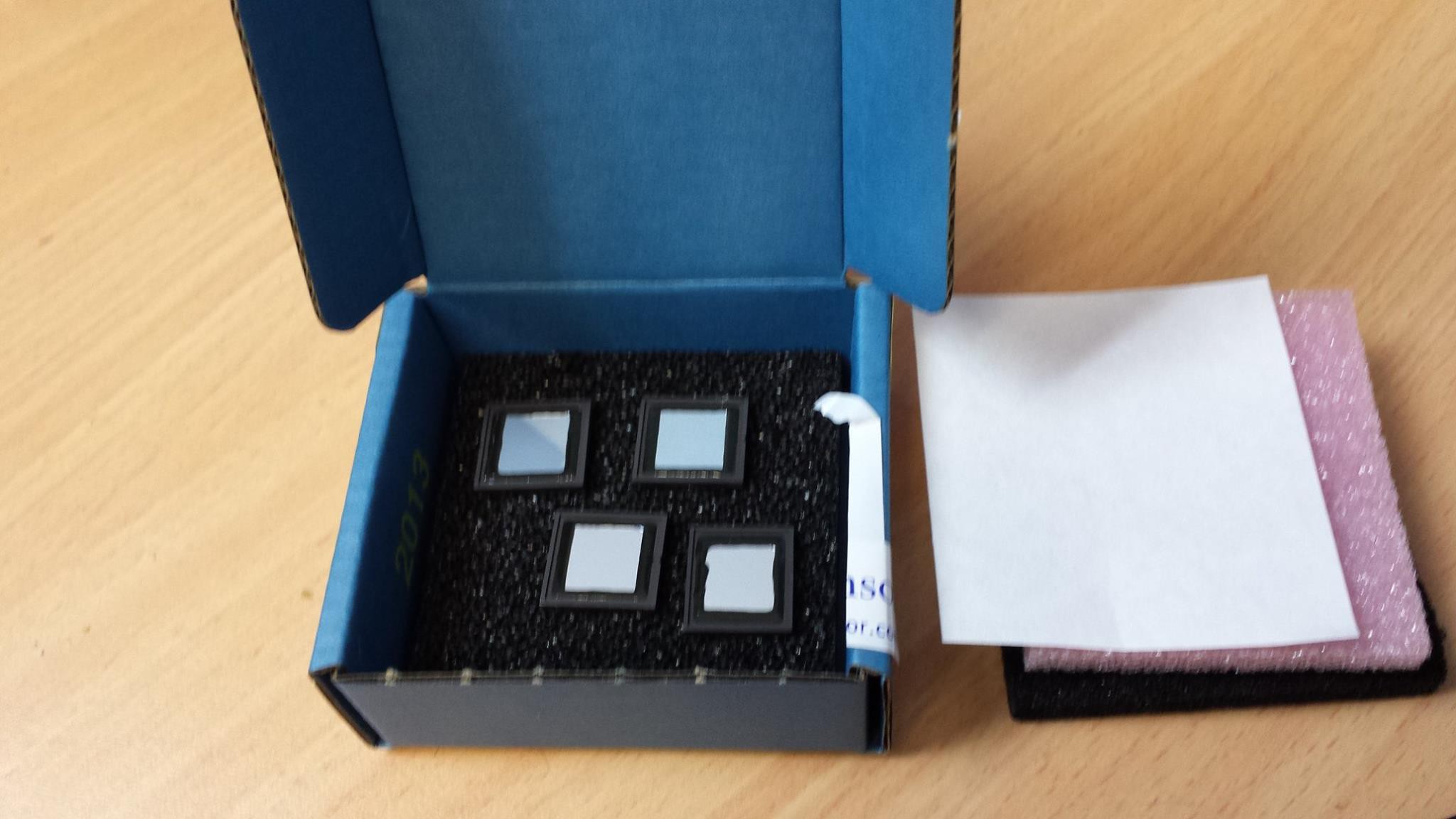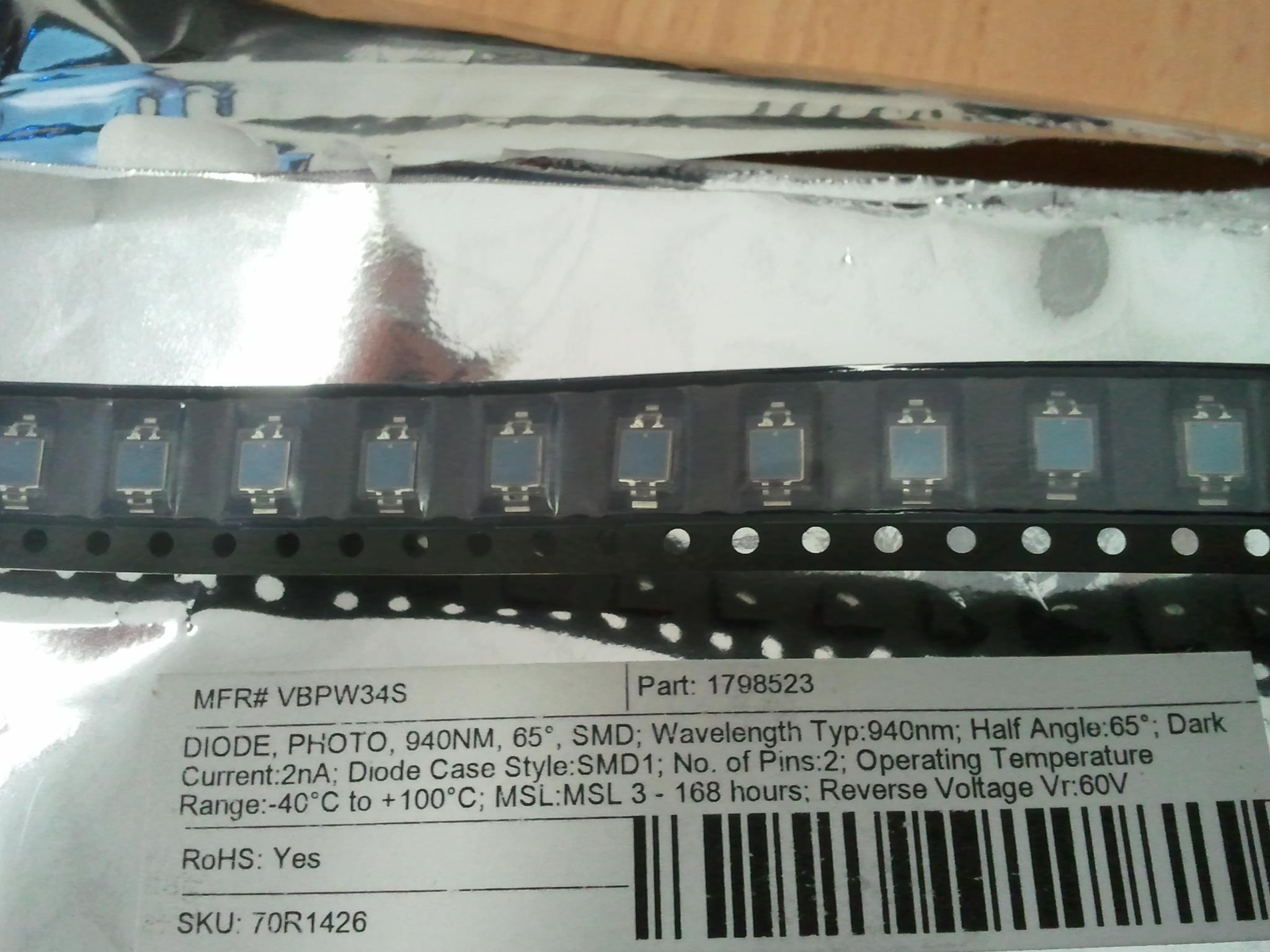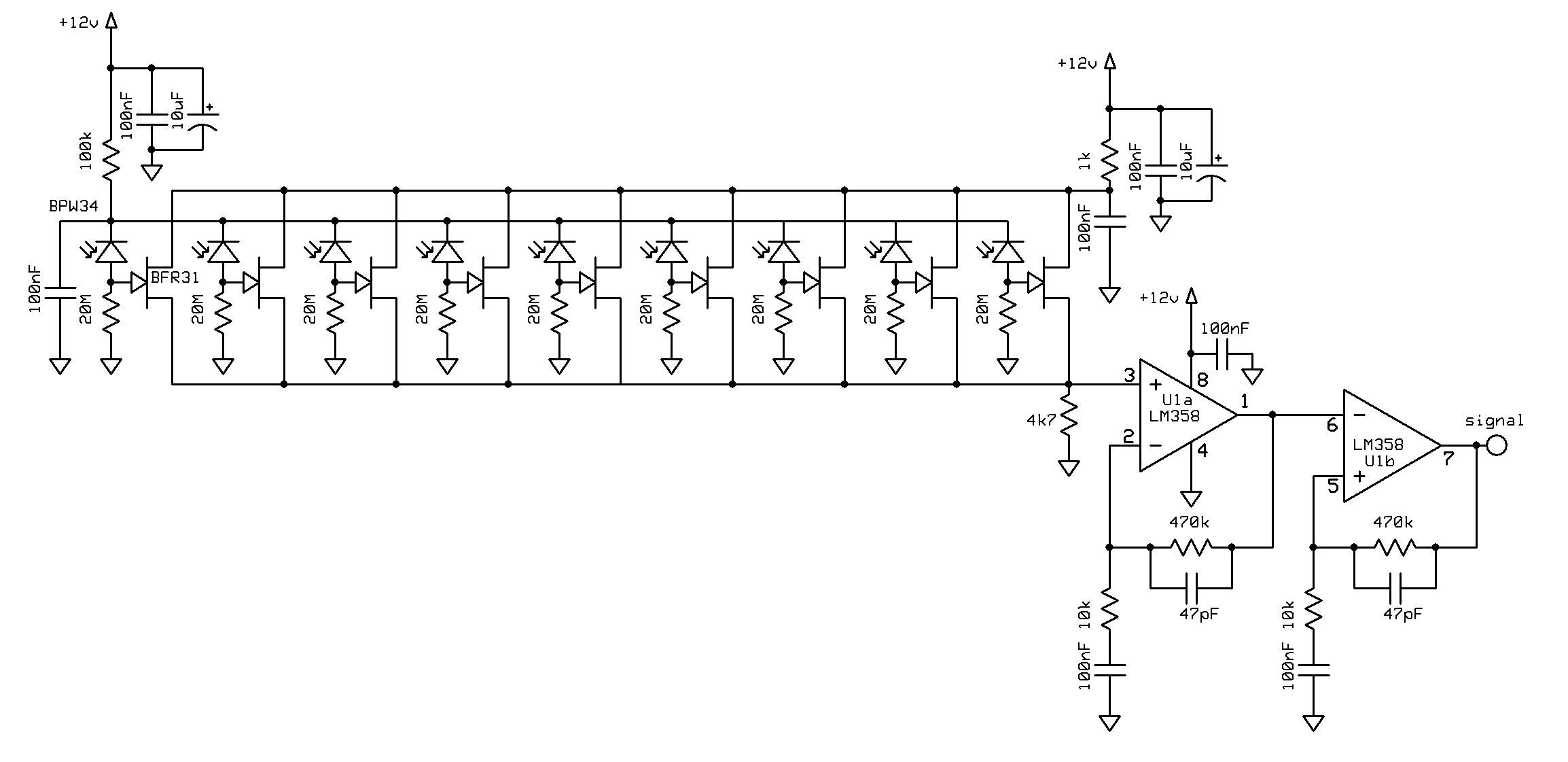I'm currently exploring a new solid-state detector design using Pin Si Photodiodes, this is still a few months away. But will be a feature of a new cosmic ray detector designs to come. The main issue with using Geiger–Müller tubes and Photomultiplier scintillators as detectors is mostly cost. But also includes limited life and high voltages between 400 to 1600V DC which must also be low noise and regulated.
Solid state devices particularly Si Pin Photodiodes are capable of measuring both ionising radiation (Muons) and some added benefits like energy resolution, low voltage, low power, greater longevity and lower cost. But do have issues and compromises such as: more complexity, noise, and a small aperture size.
There are some specialist Photodiodes designed specifically for this application, but these are very expensive and difficult to source in small quantities for example:
- Manufacture First Sensor Part # 5014450 - has visible light filter
- Manufacture First Sensor Part # PS100B-7-CERPINE - has visible light filter
- Hamamatsu Part # S3590 - no visible light filter

Here is an example using the First Sensor 5014450 and an old CD V-700 Geiger Counter check source which is radium 226Ra. Although successful, the detector is expensive (~$50au) and still only has a relatively small aperture compared with a Geiger–Müller tube, so multiple detectors would be required.
There are lower cost of-the-shelf Pin Photodiodes such as the BPW34F which have been featured in many DIY radiation detector projects over the years. However, these have an even smaller aperture. So many will need to be connected together to increase it. However, they can not be simply wired in parallel due their combined capacitance. Here is rough layout that I have began experimenting with using JFETs to buffer each photodiode before amplification.


 Robert Hart
Robert Hart
Discussions
Become a Hackaday.io Member
Create an account to leave a comment. Already have an account? Log In.